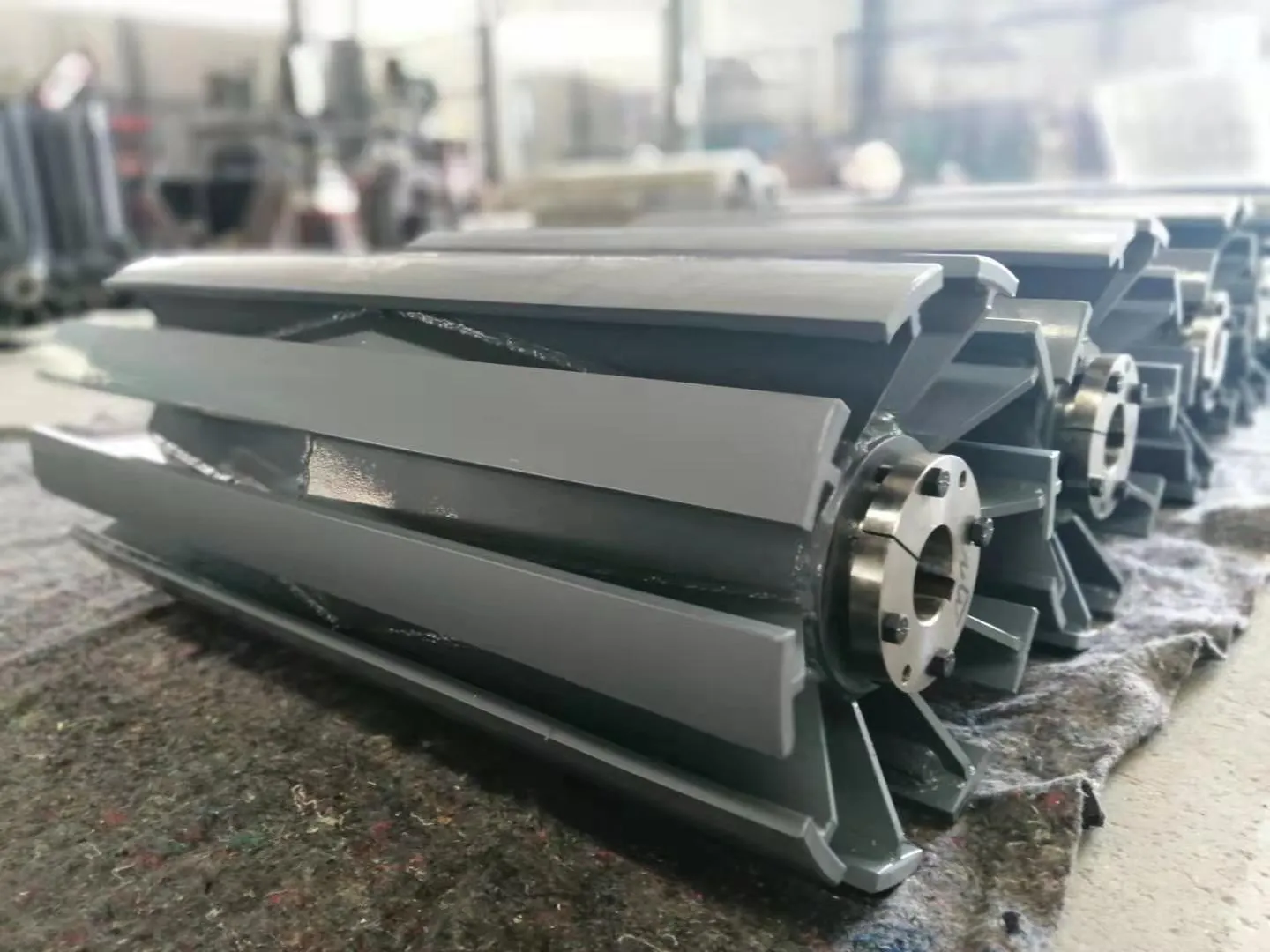 Afrikaans
Afrikaans  Albanian
Albanian  Amharic
Amharic  Arabic
Arabic  Armenian
Armenian  Azerbaijani
Azerbaijani  Basque
Basque  Belarusian
Belarusian  Bengali
Bengali  Bosnian
Bosnian  Bulgarian
Bulgarian  Catalan
Catalan  Cebuano
Cebuano  Corsican
Corsican  Croatian
Croatian  Czech
Czech  Danish
Danish  Dutch
Dutch  English
English  Esperanto
Esperanto  Estonian
Estonian  Finnish
Finnish  French
French  Frisian
Frisian  Galician
Galician  Georgian
Georgian  German
German  Greek
Greek  Gujarati
Gujarati  Haitian Creole
Haitian Creole  hausa
hausa  hawaiian
hawaiian  Hebrew
Hebrew  Hindi
Hindi  Miao
Miao  Hungarian
Hungarian  Icelandic
Icelandic  igbo
igbo  Indonesian
Indonesian  irish
irish  Italian
Italian  Japanese
Japanese  Javanese
Javanese  Kannada
Kannada  kazakh
kazakh  Khmer
Khmer  Rwandese
Rwandese  Korean
Korean  Kurdish
Kurdish  Kyrgyz
Kyrgyz  Lao
Lao  Latin
Latin  Latvian
Latvian  Lithuanian
Lithuanian  Luxembourgish
Luxembourgish  Macedonian
Macedonian  Malgashi
Malgashi  Malay
Malay  Malayalam
Malayalam  Maltese
Maltese  Maori
Maori  Marathi
Marathi  Mongolian
Mongolian  Myanmar
Myanmar  Nepali
Nepali  Norwegian
Norwegian  Norwegian
Norwegian  Occitan
Occitan  Pashto
Pashto  Persian
Persian  Polish
Polish  Portuguese
Portuguese  Punjabi
Punjabi  Romanian
Romanian  Russian
Russian  Samoan
Samoan  Scottish Gaelic
Scottish Gaelic  Serbian
Serbian  Sesotho
Sesotho  Shona
Shona  Sindhi
Sindhi  Sinhala
Sinhala  Slovak
Slovak  Slovenian
Slovenian  Somali
Somali  Spanish
Spanish  Sundanese
Sundanese  Swahili
Swahili  Swedish
Swedish  Tagalog
Tagalog  Tajik
Tajik  Tamil
Tamil  Tatar
Tatar  Telugu
Telugu  Thai
Thai  Turkish
Turkish  Turkmen
Turkmen  Ukrainian
Ukrainian  Urdu
Urdu  Uighur
Uighur  Uzbek
Uzbek  Vietnamese
Vietnamese  Welsh
Welsh  Bantu
Bantu  Yiddish
Yiddish  Yoruba
Yoruba  Zulu
Zulu Innovations in Ceramic Lagging for Enhanced Pulley Performance and Durability
The Importance and Advantages of Ceramic Lagging Pulleys in Modern Industry
In the realm of heavy industry, the efficiency and reliability of conveyor systems are paramount. One of the critical components that contribute to the performance of these systems is the lagging on pulleys. Among various materials used for lagging, ceramic lagging has emerged as a standout choice due to its numerous advantages. This article discusses the importance of ceramic lagging pulleys in industrial applications, focusing on their benefits, applications, and the technologies driving their development.
Understanding Ceramic Lagging
Ceramic lagging refers to the process of coating pulleys, commonly found in conveyor systems, with ceramic tiles or coatings. These tiles are made from aluminum oxide, which is a highly durable material known for its hardness, resilience, and resistance to wear. The primary purpose of lagging is to enhance traction between the pulley and the conveyor belt, preventing slippage and improving overall efficiency.
Advantages of Ceramic Lagging Pulleys
1. Enhanced Traction One of the most significant benefits of ceramic lagging is its superior grip. The rough surface of ceramic tiles provides exceptional traction, greatly reducing the risk of slippage. This is particularly important in applications involving steep inclines or heavy loads, where maintaining belt movement is essential.
2. Wear Resistance Ceramic materials are highly resistant to wear and degradation, making them ideal for environments where dust, dirt, and debris can rapidly deteriorate less robust lagging materials. This durability results in less frequent replacements, minimizing downtime and maintenance costs.
3. Temperature Resistance Ceramic lagging can withstand extreme temperatures, which is vital in industries such as mining, where heat generated from friction can be substantial. The ability of ceramic materials to maintain their structural integrity at high temperatures ensures continuous operation without the risk of failure.
4. Corrosion Resistance In many industrial settings, exposure to chemicals or moist conditions can compromise the integrity of lagging materials. Ceramic lagging provides an added layer of protection against corrosion, making it suitable for sectors such as water treatment, food processing, and chemical manufacturing.
ceramic lagging pulley

5. Longevity and Cost-Effectiveness While the initial investment in ceramic lagging might be higher compared to conventional materials, the long-term savings are undeniable. The increased lifespan of ceramic-lagged pulleys, combined with reduced maintenance needs, results in lower overall operational costs.
Applications of Ceramic Lagging Pulleys
Ceramic lagging pulleys are utilized across a diverse range of industries. In mining, for instance, the high wear and tear on equipment due to harsh materials necessitate robust solutions. Materials like coal, ore, and minerals can be abrasive, and the use of ceramic lagging helps mitigate this challenge.
In the agriculture sector, where conveyor belts transport grains and other organic materials, ceramic lagging provides the necessary traction to ensure safe and efficient unloading without damage to the products. Similarly, in the recycling industry, where heavy and mixed materials are handled, ceramic lagging pulleys contribute to the efficient operation of conveyor systems.
Technology and Development Trends
Research and development in material science continuously enhance the properties of ceramic lagging. Advances in manufacturing techniques enable the production of thinner, yet more durable ceramic tiles, offering even greater flexibility for installation. Additionally, the integration of smart technologies, such as sensors for monitoring wear and performance, is another trend shaping the future of ceramic lagging.
Conclusion
Ceramic lagging pulleys represent a significant advancement in conveyor technology, offering unparalleled durability, efficiency, and cost savings for various industries. As businesses increasingly seek reliable solutions to improve operational efficiency, the adoption of ceramic lagging will continue to grow. With their ability to withstand harsh conditions and protect equipment from wear and tear, ceramic lagging pulleys are set to play a vital role in the future of industrial operations, ensuring that conveyor systems perform optimally while reducing maintenance interruptions.
-
Revolutionizing Conveyor Reliability with Advanced Rubber Lagging PulleysNewsJul.22,2025
-
Powering Precision and Durability with Expert Manufacturers of Conveyor ComponentsNewsJul.22,2025
-
Optimizing Conveyor Systems with Advanced Conveyor AccessoriesNewsJul.22,2025
-
Maximize Conveyor Efficiency with Quality Conveyor Idler PulleysNewsJul.22,2025
-
Future-Proof Your Conveyor System with High-Performance Polyurethane RollerNewsJul.22,2025
-
Driving Efficiency Forward with Quality Idlers and RollersNewsJul.22,2025





























